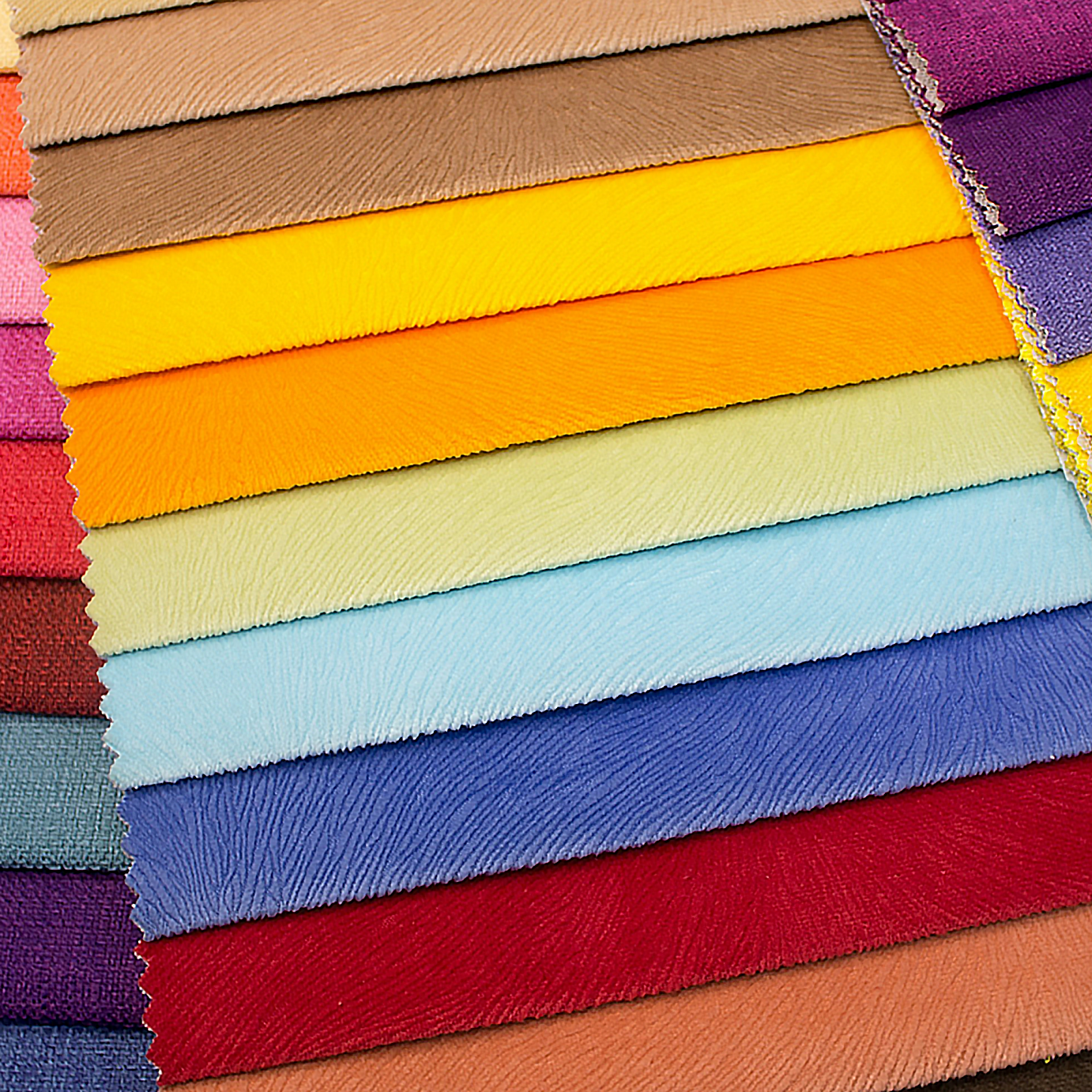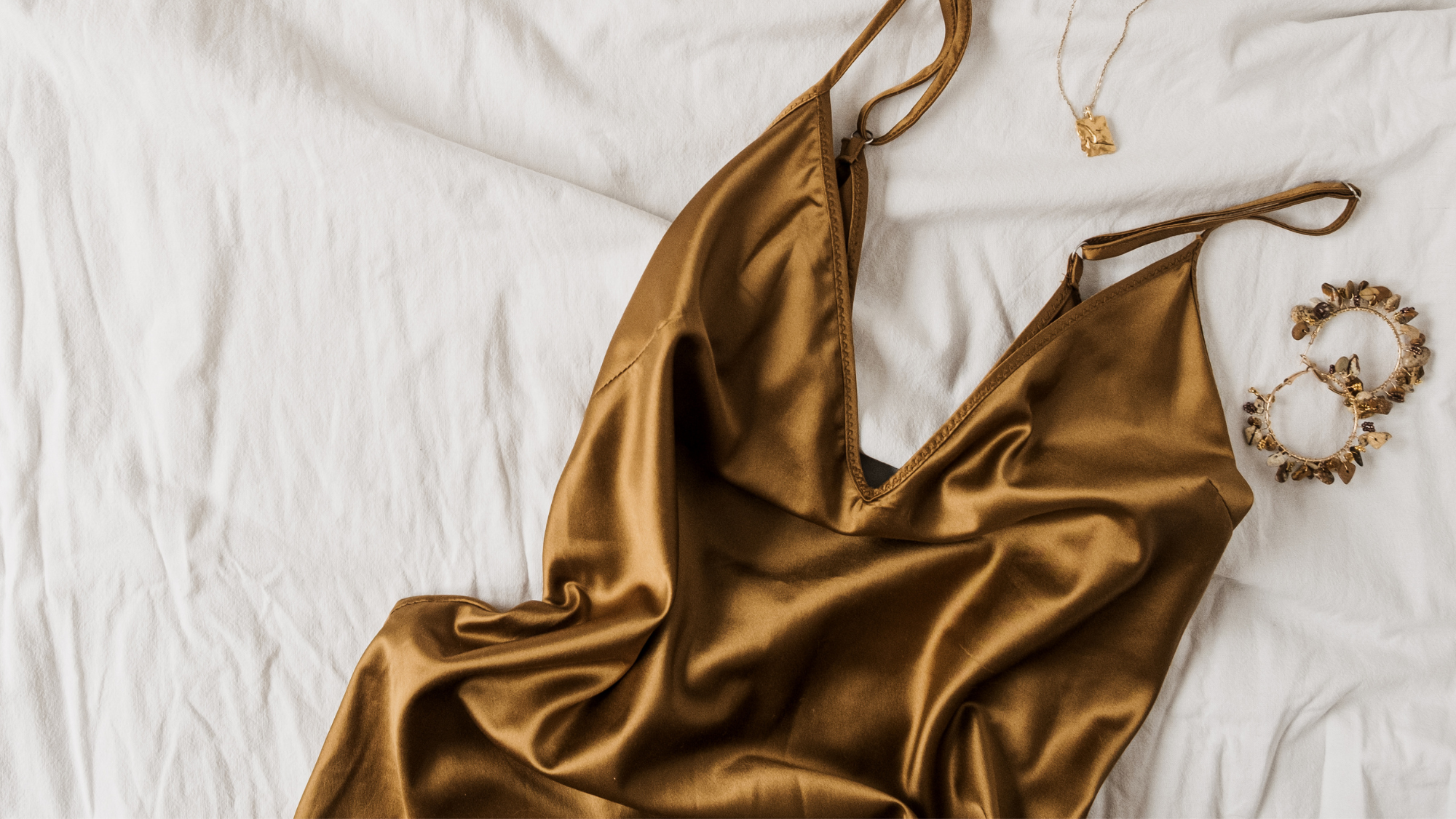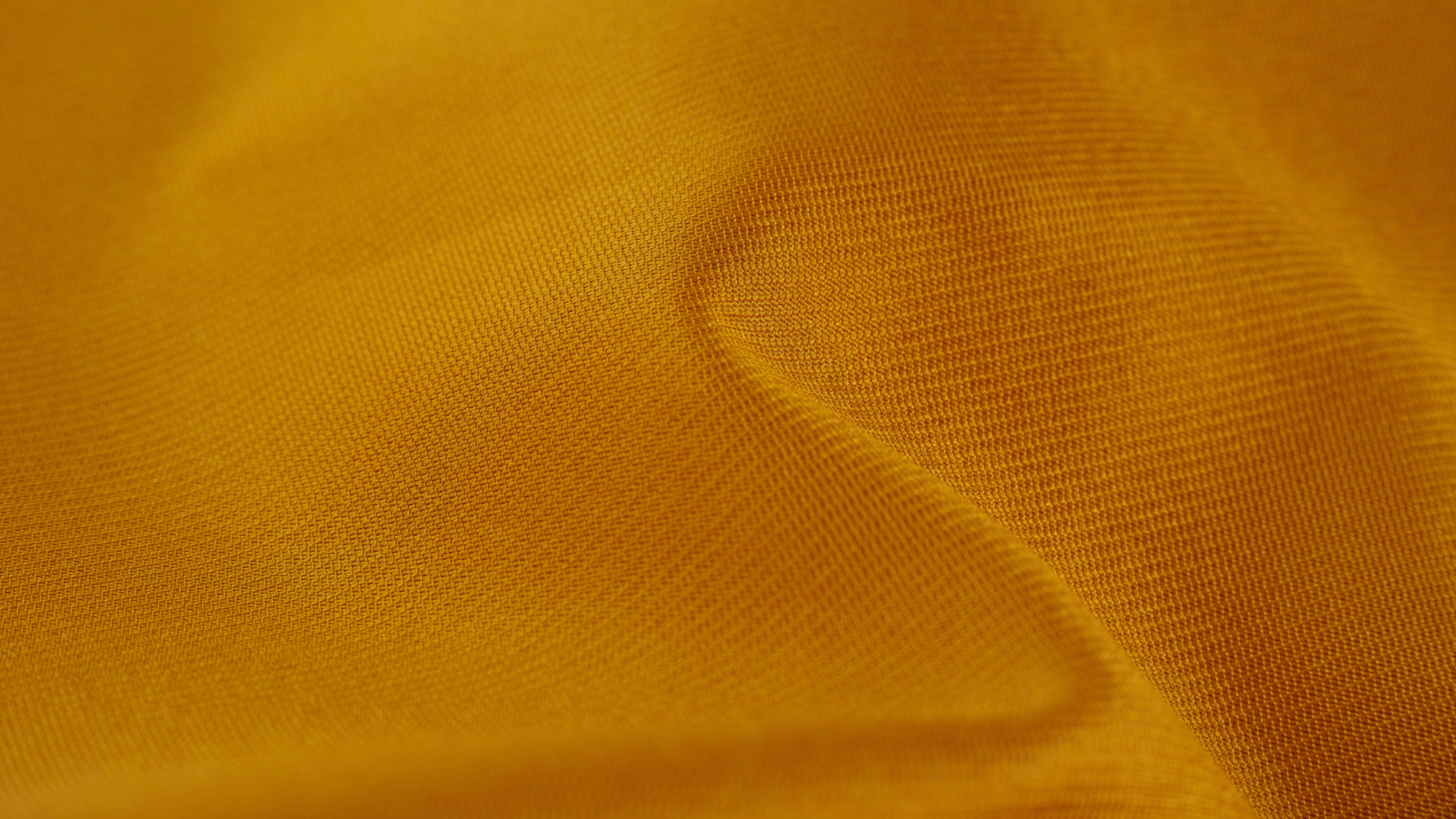
Fairycore is a romantic and playful fashion aesthetic that celebrates the imagery of fairies, nature, magic, and fantasy. Fairycore fabrics are light, airy, and sparkly and can be used a variety of ways to achieve this ethereal look. Learn more about how to make a fairycore outfit in the Zelouf guide to fairycore fabric.
What are the elements of the fairycore aesthetic?
Fairycore is characterized by a dreamy and whimsical atmosphere that often draws inspiration from fairy tales, folklore, and the enchanting beauty of the natural world. Fairycore aesthetics often evoke a sense of nostalgia, innocence, and wonder.
Key elements of the fairycore aesthetic include:
- Soft and Pastel Colors. Fairycore often features a color palette dominated by soft pastel shades, such as pale pinks, lavender, mint green, and baby blue. These colors contribute to the ethereal and delicate feel of the aesthetic.
- Floral and Natural Imagery. Flowers, vines, and other elements of nature are frequently incorporated into fairycore visuals. This could include floral patterns, wreaths, and images of lush gardens or forests.
- Vintage and Cottagecore Influences. There is often an overlap between fairycore and other aesthetics, such as cottagecore and vintage styles. Antique or vintage-inspired clothing, decor, and accessories may be integrated into fairycore aesthetics.
- Lace and Delicate Fabrics. Clothing and textiles with lace, tulle, and other delicate materials contribute to the romantic and whimsical vibe of fairycore fabric.
- Magical Creatures. Imagery of fairies, butterflies, dragonflies, and other magical creatures is common within fairycore aesthetics.
- Natural Elements. Crystals, gemstones, shells, and other natural materials are often used to enhance the mystical and magical ambiance.
- Dreamy Photography and Art. Visuals associated with fairycore often include soft-focus, dreamy, and ethereal photography or artwork that captures a sense of wonder and enchantment.
- Fantasy and Storytelling. Storytelling is an integral part of fairycore. Creating narratives or fantasies that transport individuals to a magical realm is a central aspect of the aesthetic.
Fairycore has gained popularity on social media platforms like Tumblr, Instagram, and TikTok, where users curate and share content that embodies the enchanting and otherworldly qualities of the aesthetic. It's important to note that like all aesthetics, fairycore is a subjective and creative expression, and individuals may interpret and incorporate its elements in various ways.
What Are Some Fairycore Fabrics?
Fairycore fabrics are chosen to evoke a sense of whimsy, enchantment, and ethereal beauty. Fairycore fabrics often mirror the soft and dreamy aesthetic of the overall style. While the specific fabrics can vary based on personal preference and interpretation, here are some types of fairycore fabrics commonly used in the aesthetic:
- Chiffon: Chiffon is a lightweight, sheer fabric that drapes beautifully. It often has a delicate and floaty appearance, making it perfect for creating ethereal and romantic fairycore looks. Chiffon can be used for dresses, skirts, and flowing layers. Learn more about chiffon in our helpful guide.
- Tulle: Tulle is another sheer fairycore fabric that is often used in fashion. It's commonly used to create layers, overlays, and tutu-like skirts. Tulle adds a touch of playfulness and enchantment to outfits. For tips on styling tulle fabric, check out our guide to tulle.
- Lace: Lace fabrics with intricate and delicate patterns contribute to the romantic and vintage-inspired aspects of fairycore. Lace can be used for dresses, blouses, and accessories to enhance the whimsical feel. Check out our blog on lace for some easy sewing tips.
- Cotton Voile: Cotton voile is a lightweight and breathable fairycore fabric that drapes well. It's often used for dresses, blouses, and skirts, contributing to the soft and dreamy aesthetic of fairycore.
- Satin: Satin fairycore fabrics can add a luxurious and magical touch. They have a soft sheen and fluid drape that enhances the enchanting vibe. Read all about satin on our blog.
- Organza: Organza is a sheer and slightly stiff fabric that can be used to create voluminous sleeves, overlays, or ruffled details. It adds a touch of structure and fantasy to outfits. Learn all about the characteristics of organza fabric here.
- Velvet: Velvet can add a sense of richness and texture to fairycore looks. While it may seem less lightweight, crushed or devore velvet can have a more dreamy and whimsical appearance.
- Cotton Poplin: Cotton poplin is a versatile fairycore fabric that can be used to create structured pieces like blouses and dresses while maintaining a soft and comfortable feel. Learn the benefits and care tips of cotton poplin on our blog.
- Mesh: Gauzy mesh fabrics have a lightweight and airy quality that aligns with the dreamy and soft aesthetic of fairycore. They can be used for dresses, skirts, and accessories. Don't know how to sew mesh? We've got tips on our blog.
These fabrics, along with careful consideration of colors and textures, contribute to the magical and whimsical atmosphere of fairycore fashion. Mixing and layering different fairycore fabrics can help create unique and enchanting looks that capture the essence of the aesthetic.
Zelouf Iridescent Chiffon in Mint
What color fabrics are used in fairycore?
Fairycore fashion is characterized by its soft, dreamy, and whimsical aesthetic, often drawing inspiration from nature, fairy tales, and fantasy. The color palette in fairycore fabric to reflect these themes, typically featuring a range of pastel and muted colors reminiscent of a magical and enchanting world. Here are some of the key colors often used in fairycore fabric:
- Soft Pastels: Pastel colors are a staple of fairycore fabric. These include shades like pale pink, lavender, mint green, baby blue, soft peach, and buttery yellow. These colors evoke a sense of delicacy and romance, creating a dreamy and ethereal atmosphere.
- Whites and Creams: White and cream hues contribute to the purity and innocence associated with fairycore. These colors can evoke a sense of magic and enchantment, especially when combined with other pastels or natural elements.
- Subdued Neutrals: Soft, muted neutrals like beige, blush, and light gray are often used to complement the pastel palette and create a harmonious and soothing color scheme.
- Nature-Inspired Greens: Soft and muted shades of green, such as sage or mint, are commonly used in fairycore fashion to represent the lushness of forests and gardens.
- Touches of Gold and Metallics: While pastels dominate, accents of gold or metallics can add a touch of enchanting glamour and magic to fairycore outfits.
- Soft Blues and Lilacs: These colors contribute to the dreamy and nostalgic feel of fairycore fashion, often resembling the colors of a twilight sky or a fairytale landscape.
- Dusty Rose and Coral: These shades of pink bring a warm and romantic element to fairycore fabric, enhancing the overall whimsical and fantasy-inspired look.
- Soft Browns and Beiges: These colors can represent earthiness and natural elements, contributing to the connection between the human world and the magical realm.
Overall, fairycore fashion allows for a gentle and imaginative use of color, often aiming to create an ambiance that transports individuals to a magical and ethereal world. The specific colors used can vary based on personal interpretation and preferences, but the emphasis on softness, dreaminess, and a connection to nature remains consistent throughout the aesthetic.





